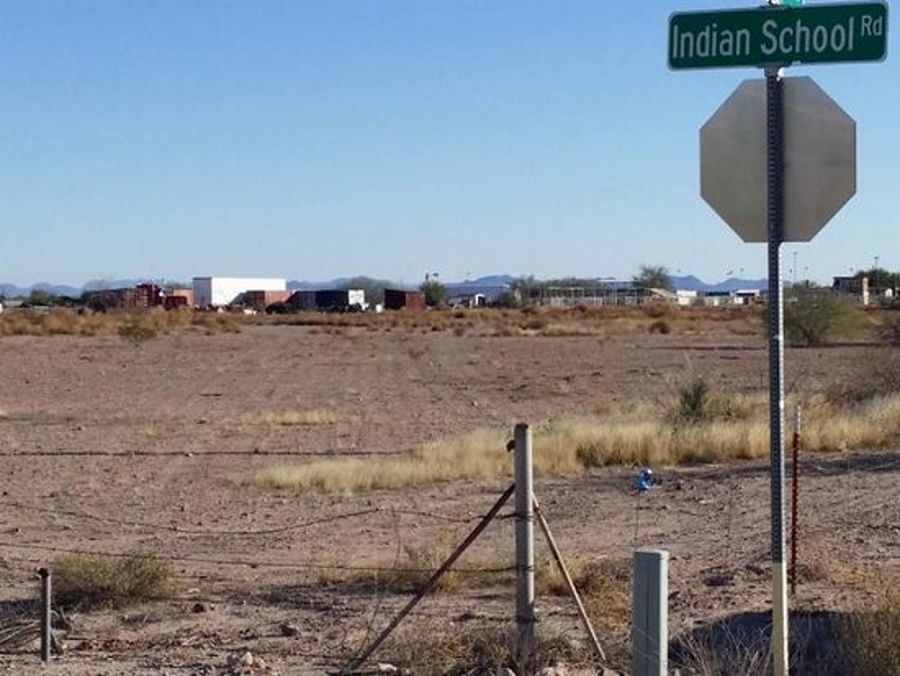Like most Americans, I grew up in a graveyard where the names of the dead could hardly be said to have been left unrecorded: More than half of U.S. states have Native American-derived names, and in my home state of Arizona (from a Pima/Papago word for “small spring”), my grade schools bore the names Hopi (an extant Arizona tribe) and Hohokam (an ancient Native culture of the Southwest). I now work on the island of Manhattan, a name derived from the Lenape language, and on summer weekends I and my family frequently head for the beaches at Rockaway, named for a Long Island tribe.
But these place names are at best phantoms, palimpsests; the indigenous cultures they signify have been largely obliterated, along with the vast majority of the continent’s original population. Every day we walk obliviously over the bones of our land’s Native forebears, like imperial Romans over Etruscan ruins, driving Jeep Cherokees to Chipotle for a bowl of quinoa.
Perhaps more bluntly indicative of the long-tail legacy of European-American genocide and erasure is the name of an arterial thoroughfare that runs near my childhood home in Phoenix: Indian School Road. Its namesake was a notorious fixture of downtown Phoenix, a military-style boarding school, in operation from 1891 to 1990, in which young students culled from several Arizona tribes were ostensibly educated in trades and vocations but in reality were stripped of their distinctive cultures and languages and exploited as cheap labor as they were frog-marched into a spurious “assimilation.” Not coincidentally, in the mid-20th century, the U.S. government’s Indian Relocation Act “encouraged” Native Americans to move to urban areas and train for jobs in the mainstream economy. The net effect: More than two-thirds of Native Americans now live in urban areas rather than on reservations.
The boarding schools have mostly closed, replaced by a network of tribal colleges and universities with a more Native-centric ethic. The combination of an increasingly urban demographic and a resurgent Native consciousness means that a new generation of educated, essentially bicultural Native Americans has emerged within and alongside mainstream culture, with a new relationship to their embattled heritage and justifiably raised expectations about their place in the larger U.S. culture and body politic. Today Native Americans are leading activists and politicians, authors and athletes—and, as a number of stories in this issue demonstrate and celebrate, makers of theatre, where a cohort of playwrights, directors, performers, and producers are reclaiming the narratives of the past, reflecting their complicated present, and redefining their future.
In so doing they are also reminding us of the heritage we all share on this stolen continent. Artists like Larissa FastHorse, DeLanna Studi, and Mary Kathryn Nagle—building on the pathbreaking work of such veteran Native artists like William Yellow Robe and Muriel Miguel—are giving bodies and voices to the vestigial markers many of us drive by without a second thought. FastHorse, who encourages all theatres to do a “land acknowledgment” before every performance and meeting (and not only of Native-themed events), will soon bring this reclamation project close to home, or to my hometown, anyway: She’s teaming with the University of Arizona to adapt her 2016 Cornerstone play Urban Rez, about Southern California’s urbanized Native population, to Arizona’s 22 tribes, for a spring 2019 debut. Cornerstone will then take the show on the road, courtesy of a New England Foundation for the Arts (NEFA) touring grant, adapting it to indigenous communities around the country, and earning the play its new title, Native Nation. Land acknowledgment, indeed.





